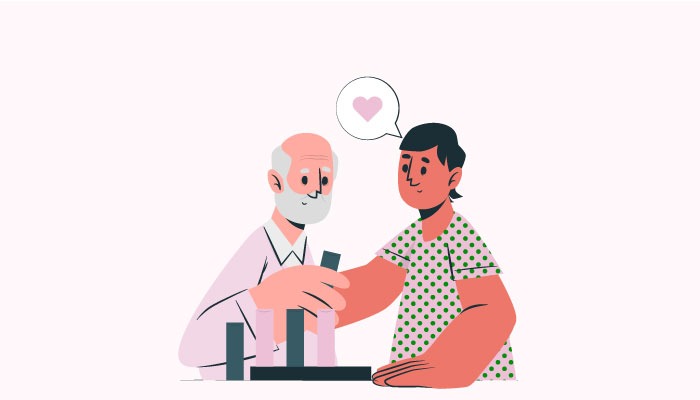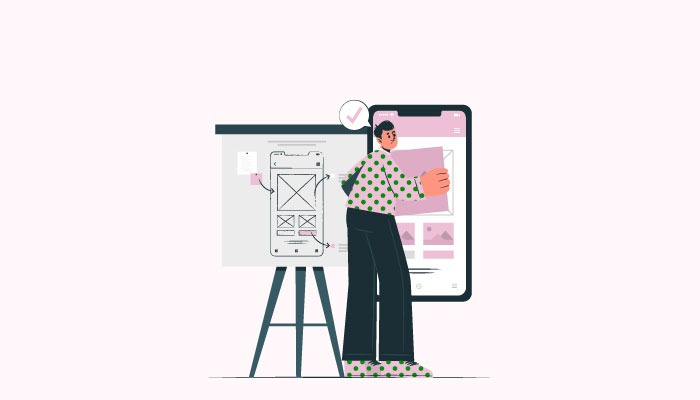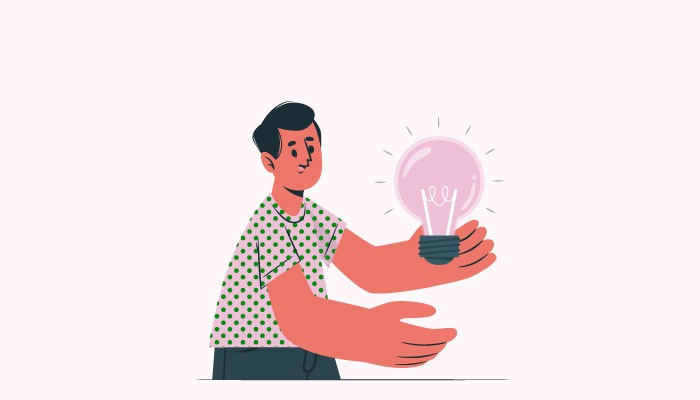In a highly competitive marketplace, the ability of any enterprise to distinguish itself from its competition and carve out its own market share largely depends on its ability to develop the best possible products and services. In this respect, the product that generally does the best is the one that best identifies the needs of its end customer and satisfies those needs specifically.

Businesses, today, have realized the importance of staying in tune with their main group of customers and in such a maelstrom of phenomena, the concept of ‘Design Thinking’ appears to have gained prominence.
Design Thinking basically refers to an approach of problem-solving that aims to direct the creativity and skill of the designer/developer to develop the best possible product in terms of consumer needs. It offers a human-centric process to develop novel and effective solutions. In order to better understand the concept of design thinking, one must also understand what kind of a process it entails. The 3 most important elements of such a frame of thought also map out the process it advocates for.
These 3 elements are:
- Empathy
- Ideation
- Prototyping
Empathy
Empathy refers to the ability of an individual to understand and relate to another’s frame of mind, considering their specific situations. While many regard empathy as a non-essential soft skill, it is actually a critical component of the design thinking process as it forms the basis upon which all subsequent steps are enacted.
Empathy allows a designer to gain insight into the needs and wants of the target customer. It gives the designer perspective with respect to what challenges the customer faces on a daily basis. In doing so, it ensures that the developed product is more capable of delivering utility to its intended customer. Such kinds of solutions are also generally more sustainable as they reflect a truer understanding of the needs of customers.

Empathy, in this regard, also facilitates an environment that is more hospitable for innovation and collaboration. This is because it offers a focal point for designers with different experiences to collaborate and integrate by placing both of them in the shoes of their common, target audience. This ensures the development of a holistic and complete product.
Organizations can help build empathy through the process of clarification and communication. The use of surveys and interviews allows for a great baseline to understand their user. Organizations can also experiment with the deployment of ‘empathy maps,’ i.e., tools to map out and understand the user experience. This would include what a user is thinking, feeling, seeing, saying, hearing, and doing. Through this, designers can gain a deeper understanding of the emotional and psychological aspects of the user’s experience.
Example
A great example of empathy being applied in the real world would be the development of the ‘SpeakEmoji App’ by the creative agency, R/GA. SpeakEmoji is an application that allows users to type in text messages that are then translated into a string of related emojis. The app is designed to help users convey the emotions and tone of the message more effectively by using emojis. The process of development began with the developers observing potential users to understand how they text and convey emotions using emoticons or “emojis.”. They did so by deploying empathy maps to understand why and how prospective customers used emojis. This way they could better understand the needs, emotions, and behavior of their key audience.
Ideation
Once a designer completes this process of understanding the user, they can then start the process of ideation. Ideation basically refers to a collaborative process under design thinking through which designers explore all the possible solutions to a given problem. The purpose of such a process is to produce a large number of potential solutions for the problem which can be refined and evaluated in subsequent stages of the design process. Such refining and evaluation generally involve a study of viability, desirability, and overall effectiveness.

Ideation is an iterative process. This means that it is often repeated multiple times as designers refine their ideas and develop more detailed solutions. Each iteration involves generating new ideas and revisiting previous ideas to build upon or modify them. Over the years, many different approaches to ideation have been developed.
These include:
- Brainstorming: Brainstorming refers to the process where team members come together and collaborate to develop a large number of ideas without paying too much attention to the quality of each idea. These sessions are also generally free of criticism as the session focuses on the number of ideas generated, rather than their quality.
- Mind Mapping: Mind Mapping refers to a process for the generation and organization of ideas. In this process, designers generally start out with a central idea that branches out into various sub-ideas. This allows the designers to better visualize the connections between different ideas which then form the basis for newer, better ideas.
- Reverse Thinking: The process of reverse thinking entails challenging conventional thinking and assumptions to address a problem from a completely new perspective.
- SCAMPER: SCAMPER stands for Substitute, Combine, Adapt, Modify, Put to Another Use, Eliminate, and Reverse. It is a technique used to generate new ideas by applying these different notions or ideas to existing ideas or products.
By the end of this process, designers generally have a clear idea with respect to the best possible solution to resolve the problem.
Example
A good example of ideation in action would be the development of the smart thermostat – ‘Nest’ by Nest Labs. During the development of the product, Nest Labs already had a fair bit of understanding with respect to the heating needs of the average American household and the challenges these households faced due to the use of traditional thermostats.
Through multiple ideation sessions, they were able to identify multiple different approaches to resolve these challenges such as voice-activated controls and smartphone integration. The success of the product can therefore be attributed, in large part, to the extensive ideation process the design team undertook which allowed them to explore all possible avenues before finalizing the best design.
Prototyping
This leads to the 3rd most important element, which is – Prototyping. In the context of design thinking, prototyping refers to the creation of a tangible representation of an idea or concept. A prototype is, therefore, a preliminary model or sample product used to test and refine ideas before they are fully developed.

Prototypes generally fall under one of 2 types- low or high-fidelity prototypes.
Low-fidelity prototypes are simple and quick to create and are used in the early stages of the design process to explore and refine ideas. They are used to test the basic functionality and user experience of a product or service.
High-fidelity prototypes, on the other hand, are more detailed and realistic representations of the final product or solution. They are typically created using digital tools such as CAD software or 3D printing and are used to test the performance and functionality of the product or service in a more realistic setting.
Example
Prototyping allows a product to be tested in a controlled environment. This allows designers to obtain feedback, flag potential issues, and correct them in their final product. A good example to demonstrate the utility of prototyping would be the development of the ‘Vibram FiveFingers minimalist shoes’. These shoes were designed to give users a more natural running experience while reducing the hazards tied to the same process.
While developing the product, they developed different prototypes using a variety of materials and tested each prototype. By the end of this process, they could be sure the materials they picked gave users the best possible experience and comfort. This meant the product would likely be more successful in the market, which it invariably proved to be.
To Conclude

Each of the above elements, when applied in the appropriate manner, collectively ensures that the product generated confers the best possible experience for customers. This, in turn, ensures that the organization performs better in the market.
Quite the solution to an everyday problem!!!







